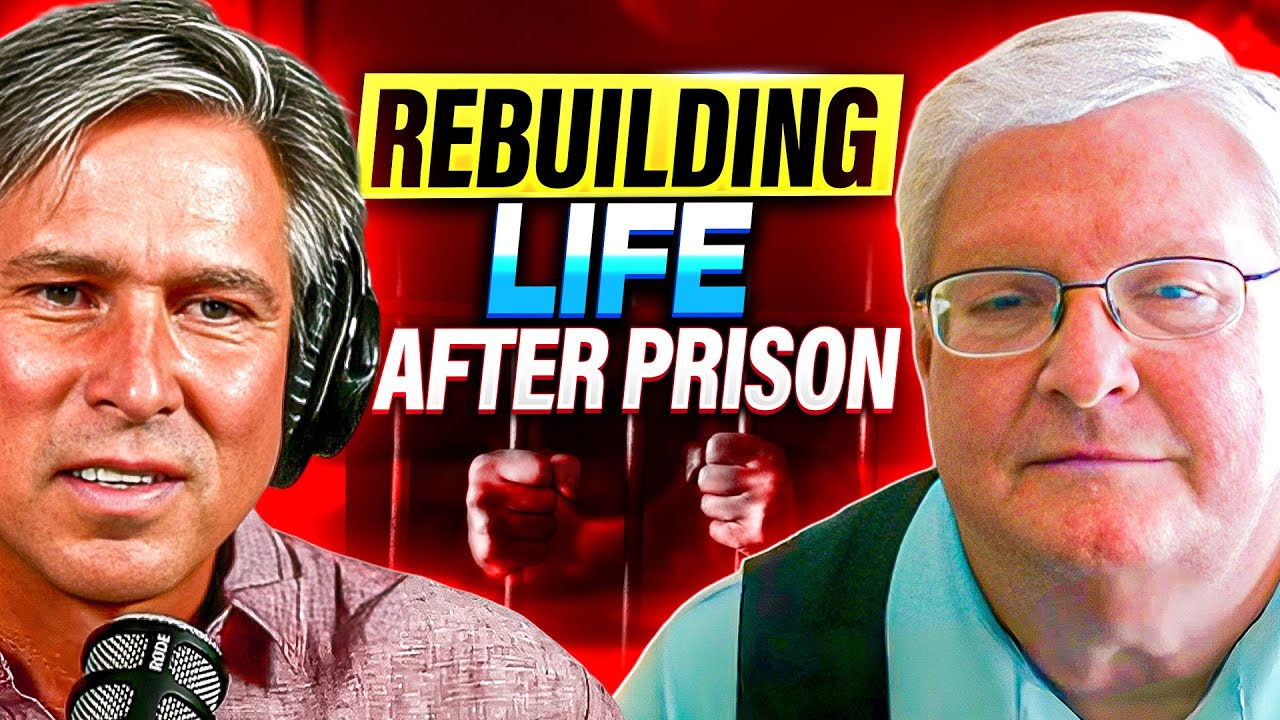Picture a young boy standing in the middle of a sprawling Mississippi farm, the sun casting a warm glow on the golden fields. This was William Sansing’s childhood, where the rhythm of life was dictated by the seasons and the hard work of his family. Growing up in a small town with a population of just 800, William had the kind of foundational experiences that many of us can only dream of. His mother, a dedicated educator at Mississippi State University, instilled in him a love for learning and the value of hard work.
But as we often learn, life can take unexpected turns, and for William, it would be a heartbreaking moment that would alter the course of his life forever. When William was just 14 years old, tragedy struck. His mother was killed in a car accident, a loss that left an indelible mark on his heart and soul. This incident not only shattered the stability of his childhood but also set him on a path filled with confusion and pain.
As he navigated the turbulent waters of adolescence, the absence of his mother’s guidance led him to seek solace in risky behaviors. He poured himself into the family business, but without the nurturing presence of his mother, he felt increasingly isolated. But it was during this time of struggle that William’s life took a darker turn.
The pressures of life, compounded by unresolved grief, led him down a path of illegal activities that eventually culminated in a three year prison sentence for wire fraud. This period marked the lowest point in his life, where he faced the harsh reality of his decisions and the impact they had on himself and those around him. It was a time filled with shame and embarrassment, but also a crucial moment of reflection. As William sat in prison, he began to confront the demons that had haunted him for years.
It was here that he realized he needed to change, not just for himself but for others who were also trapped in the cycle of despair. This experience sparked a passion within him to help those who had been affected by the legal system. He became a licensed counselor educator and an advocate for individuals with disabilities, recognizing that he could use his voice to make a difference. After his release, William faced the daunting task of reintegrating into society.
The shame from his past loomed large, and he grappled with feelings of unworthiness. Yet, he found strength in the support of the community around him. He discovered that he was not alone in his struggles, and this realization became a lifeline. It was through these connections that he began to understand the importance of grace and community in the healing process.
William’s journey culminated in his book, “Beyond Prison: Finding Second Chance Through Grace, Resilience, and Community.” In it, he shares his story and insights, emphasizing that there is hope for those who have walked similar paths. He passionately advocates for prison reform, highlighting the need for a system that offers support rather than punishment. His message is clear: healing is possible, and with the right support, people can find purpose and hope after incarceration. Reflecting on his experiences, William often says that it is essential to break the narrative of shame that surrounds those who have been incarcerated.
He believes that everyone deserves a second chance and that our society must work towards creating an environment where individuals can thrive after their release. His story is a testament to the power of community and the profound impact it can have on one’s journey towards healing. William Sansing’s life is not just a story of loss and struggle; it is a narrative of finding purpose in the aftermath of heartbreak. His work continues to inspire others to seek hope and to advocate for change in a system that often overlooks the humanity of those it affects.
In a world that can sometimes feel unforgiving, William reminds us that there is always a way to rise above our circumstances and make a meaningful difference in the lives of others.

